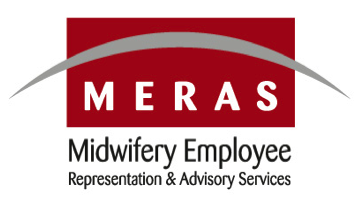Audit of Holidays Act compliance underway at three Auckland DHBs
Auditors have begun their process to review compliance of the Holidays Act at Auckland, Waitemata and Counties Manukau DHBs, which are in the first tranche of DHBs to undertake the reviews along with Northland DHB.
Ernst and Young have been contracted to audit compliance at the three Auckland DHBs, whilst TAS (the DHBs central Technical Advisory Service) is auditing the Northland DHB’s compliance.
MERAS is actively involved in the processes around the audits with Jill Dale, Helenmary Walker and Yvonne Morgan representing MERAS on working groups at these DHBs. The three recently attended workshops that have been going through potential breaches, including which allowances should be included in calculations for annual leave.
The process follows earlier audits carried out at three DHBs by the Labour Inspectorate that found non-compliance with the Holidays Act in all three. A further three DHBs previously advised the Labour Inspectorate that they were aware of non-compliance and had started work to address the problems.
MERAS has joined other health sector unions in signing a Memorandum of Understanding to review payroll systems at all 20 DHBs, to fix problems in the payroll systems going forward (remediation), and to pay out both employees and former employees where there has been non-compliance going back to 2010.
MERAS Co-leader Jill Ovens is on the steering groups at those DHBs in the first tranche of the roll-out.
She says annual leave is supposed to be calculated based on gross earnings over the last 52 weeks at the time the leave was taken, averaged to provide a weekly amount (AWE) or ordinary weekly pay (OWP) at the time the leave was taken, whichever is the greater. OWP may be based on the previous four weeks’ pay where this is variable.
“Some DHBs have taken the 52 weeks calculation, without comparing with ordinary weekly pay at the time the leave was taken to see which was the greater amount,” Jill says.
She also says that one of the areas of non-compliance relates to allowances not having been included in OWP that should have been. In other cases, some allowances were incorrectly excluded from AWE calculations.
Miscalculations of annual holidays, sick and bereavement leave, public holidays not worked and alternative days will have flow-on effects on calculations of final pays where employees have left the DHB, she says.
“One problem DHBs will have is to track down former employees who may be owed money as a result fo the miscalculations. A suggestion has been to have a central on-line facility for employees who have left one or more DHBs since 2010 to register their contact details.”
Another area where breaches have occurred in at least one or more of the DHBs that have already been audited has been where employees have been deemed to be “casual” but have not been provided with an alternative day where this was an “otherwise working day” in accordance with the Act. Such workers have also been denied sick leave and bereavement leave where they met the tests for entitlement under the Act.
MERAS has been raising the need to recalculate backpay in relation to annual leave, sick leave and bereavement leave. While this has been done correctly in the four DHBs so far, we know this is a problem in at least one DHB that is in the second tranche of DHBs to undertake the review process.
